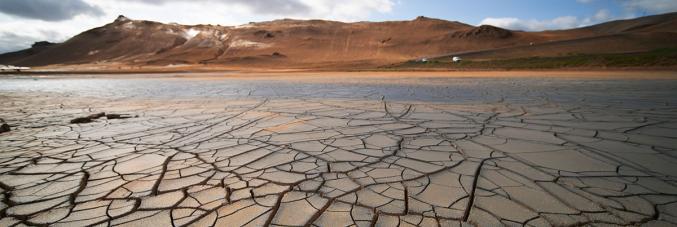
Conducted a study on the causes of saltwater intrusion
08.01.2025
A team of researchers led by Paolo Tarolli, from the Department of Land, environment, agriculture and forestry (Tesaf) at the University of Padua, has conducted a study, published in "Environmental Research Letters," to identify the main global causes of saltwater wedge intrusion in coastal agriculture and assess the areas at risk. The lead author of the research is Aurora Ghirardelli from Tesaf.
The study identifies sea level rise, drought, excessive groundwater extraction, and alterations to riverbeds as the main triggering factors. The global map of vulnerable agricultural lands, created through this research, estimates about 87 million hectares at risk.
The research highlights how soil degradation could lead to the abandonment of cultivated lands and mass migrations. Projections indicate North America, the Indian subcontinent, and Southeast Asia as high-risk areas. Understanding the current and future dynamics of saltwater wedge intrusion is essential for developing effective mitigation and adaptation strategies to sustain food supply.
Coastal agriculture is crucial for global food production, especially in densely populated and cultivated large river deltas. These areas, often protected by UN initiatives such as Unesco sites or Fao's Globally Important Agricultural Heritage Systems, are threatened by saltwater wedge intrusion, which leads to freshwater scarcity, soil salinisation, and crop damage. Climate change and anthropogenic pressures pose serious risks to global food security, affecting important agricultural regions such as the Nile, Mekong, and Ganges-Brahmaputra-Meghna deltas.



